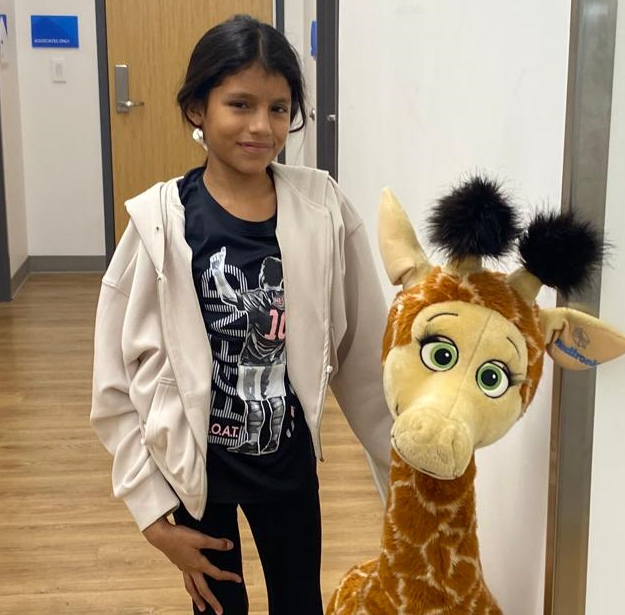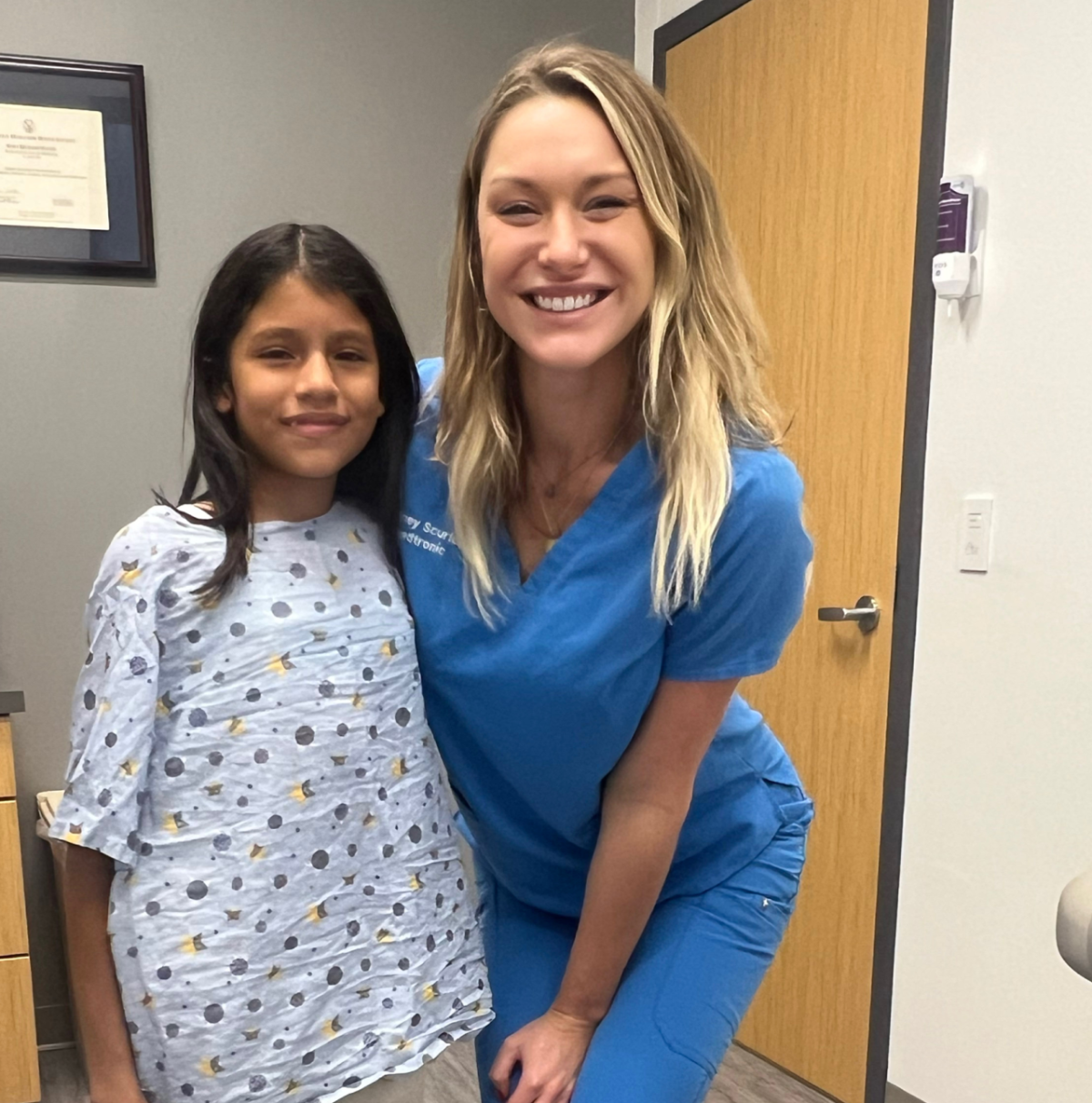Got Their Backs: How Medtronic Brings Spine Surgeries to Kids
Medtronic has worked with nonprofit SpineHope to give more than 200 children life-changing medical treatment since 2008
As kids go, Monica Santamaria was always on the move.
“She absolutely loved swimming, volleyball, decorating and painting,” said her father, Roberto. “Her passion was contagious. She wore us out in a good way. We never saw any hints of physical problems. She was perfectly healthy.”
That all changed when Monica turned 6.
Her parents noticed her body curved to the left when she walked, and a similar curve began forming in her back. Doctors in Monica’s hometown of Managua, Nicaragua did a variety of tests and eventually diagnosed her with scoliosis, a severe and painful curvature of the spine that sometimes afflicts children, generally girls, during growth spurts.
“We had never heard of scoliosis and so the news was devastating,” Roberto remembers. “The more we learned, the more frightened we became.”
Monica experienced many symptoms: back pain, pain in her lower limbs, cramps, fatigue, headaches, and trouble sleeping. Suddenly the girl with so much energy and love for sports couldn’t participate in gym class or play games that might hurt her back.
“I felt sad because I had so much fun doing those things but then I couldn’t,” Monica said. “Sometimes I had to play by myself because the teachers didn’t want my classmates to hurt me accidentally.”
From desperation to hope
Scoliosis can often be treated through spine surgery, but such care is not available in Nicaragua. The Santamarias learned through their spine specialist about the medical missions of SpineHope, a U.S. based nonprofit that brings together surgeons, donated medical and surgical equipment, and teams of volunteers to take scoliosis treatment to various countries, including Nicaragua.
“It’s the most altruistic thing I’ve ever seen,” said Toby Hernandez, a sales rep in the Medtronic Cranial and Spinal Technologies Operating Unit who volunteers with SpineHope. “These children, these families, have no other options. They’re desperate. When they learn their child is going to get help, it’s a very emotional moment. Everybody in the room is crying, including us.”
The volunteer teams typically take two to four mission trips every year. Three missions are planned for 2025. Each trip involves prepping, packing, shipping and setting up an entire, functioning operating room in another country — roughly 30 bins of precision medical equipment and spine implants.
“It’s hard work, but it’s life-changing work and it’s all for these families and these children,” said Whitney Scurlock-Wood, a Medtronic spinal sales representative who has volunteered with SpineHope for the last four years. “Seeing the difference we make in people’s lives is just amazing. I take away something from every mission trip I go on.”
The team often performs several procedures on each mission. Occasionally, SpineHope’s case assessment concludes the patient should be brought to the U.S. for surgery, and that’s what happened with Monica.
“It didn’t hurt anymore”
For a month before surgery, Monica wore a halo-gravity traction device, which is a way of gently stretching the spine before surgery. Doctors attached a metal ring to Monica’s head and slowly added weights to a pulley system to apply traction to her spine. Eventually the system weighed 35 pounds, almost half of Monica’s body weight. But the process reduced her spine curvature by almost 50 percent, from 127 degrees to 73 degrees, and prepared her for the surgery.
Then, volunteer surgeons used donated Medtronic spine products in the procedure to straighten her curved spine.
Several Medtronic volunteers participated in the eight-hour operation.
Monica’s recovery started almost immediately. “The medical assistants helped her stand up the day after surgery and she took her first steps,” Roberto said. “It was incredible. Amazing.”
Seven days later, Monica left the hospital, no longer in pain and walking on her own. "It didn’t hurt anymore and I could do the things I liked to do again,” she said.
Today, Monica is back to swimming, playing volleyball, skating, and painting — activities she always loved but had to limit due to her condition. Her mood changed drastically; her smile is back and she’s happily looking forward to a life full of new possibilities.
“I’m grateful to everyone on my care team for everything they’ve done for me,” Monica said. “They gave me my life back.”
Medtronic has partnered with SpineHope ever since its formation in 2008—helping change the lives of more than 200 young patients.
“Medtronic is so committed to doing the right thing for the right people, Hernandez said. “It’s amazing and inspiring to be a part of it.”
Editor’s Note: The information in this article is not a substitute for talking to your doctor. Always talk to your doctor or other qualified health care provider about your medical condition and the risks and benefits of available treatments. This patient's story is based on one individual's experience. Not all patients will experience similar results.



